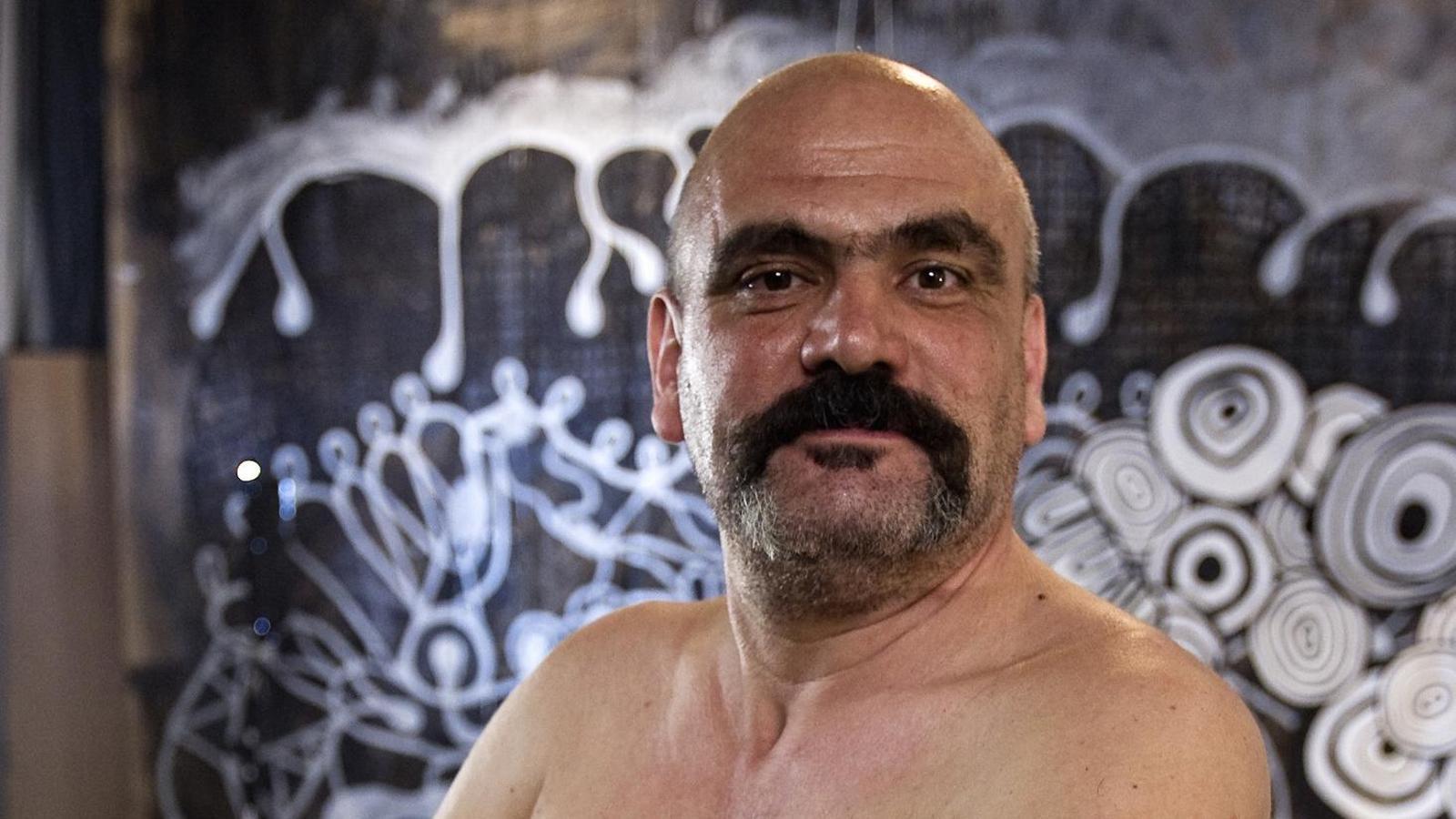"The Perer Mill was like a trip back in time."
The multidisciplinary artist Marcel·lí Antúnez remembers summers with his cousins at his mother's family farm, a self-sufficient peasant farm.

BarcelonaAt the edge of the village of Moià (Moianès), next to Santa Maria de Oló, lies the Molí del Perer, a farmhouse and old mill built by the maternal ancestors of artist Marcelino Antúnez Roca, co-founder of La Fura dels Baus. In fact, he spent several summers there during his childhood, the first in 1967, which would leave a lasting impression on him.
That was a private family with a self-sufficient system: the only running water tap came from the lower reservoir, and electricity was generated by a dynamo located in the upper reservoir that was turned on from 8 to 9 p.m. There was a dry toilet that ended up over the dung heap, strategically placed to fertilize the land. They had cows to make milk and yogurt, bees for honey, and almonds were roasted with a machine.
Industrialization had not yet reached the mill, and the animals did the threshing to separate the grain from the cereal. "Everything was locally sourced and local," the artist jokes, marveling at the peasants' manual labor, which was already disappearing everywhere at the time: "They were capable of solving their own problems." Although in his home in Moià he had contact with agriculture and farm animals, electricity and running water had been available for decades, and they watched television (in black and white) and went to the movies. For him, the Molino del Perer was "like a novel world" or "a trip back in time to the 19th century, just an hour and a half away."
The farmhouse was home to his aunts and uncles, a dozen cousins, Grandma Agneta, who "led a subtle matriarchy," and Uncle Lluís, a figure who held ancestral knowledge of the orchard and the forest, as well as technological knowledge like sharpening a mill wheel. Believers and traditionalists, the routine was very clear: they had breakfast, lunch, and dinner early, then they switched on the light bulb, prayed the rosary, put on the valve radio, and put them to sleep (boys and girls in separate rooms, of course).
"The agricultural work of yesteryear was a mediation with wild nature," says the artist, who identifies that world in his work. "There are strange manifestations of nature, like certain phytophagous larvae or woodworms," a reality that has been present since his first shows. Over the years, Antúnez has come to understand that nature is "a cosmogony of synchronized objects," in contrast to the current disconnect: "Children now think of a chicken as something stuck in a plastic box without a head, legs, gizzard, or feathers." In fact, he's currently working on this theme with Natura Centrum Este, a show that combines artistic action and ecological awareness.
